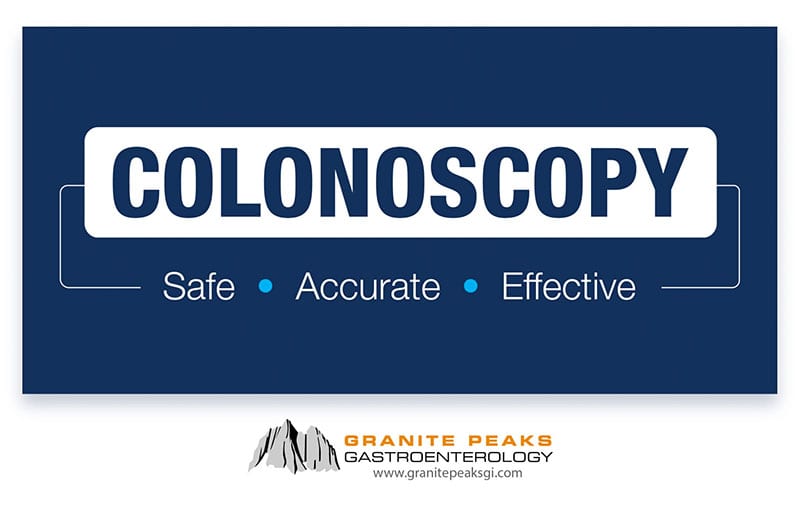Colon Cancer
The best defense against colorectal cancer is regular colonoscopy screening. It is recommended that routine screening beginning at age 45, earlier for people at higher risk (such as having a family history of colon cancer or colon polyps). With a rise in colon cancer among younger adults, it is important to remain vigilant about your health and discuss any symptoms or known family connection to the disease with your doctor.
